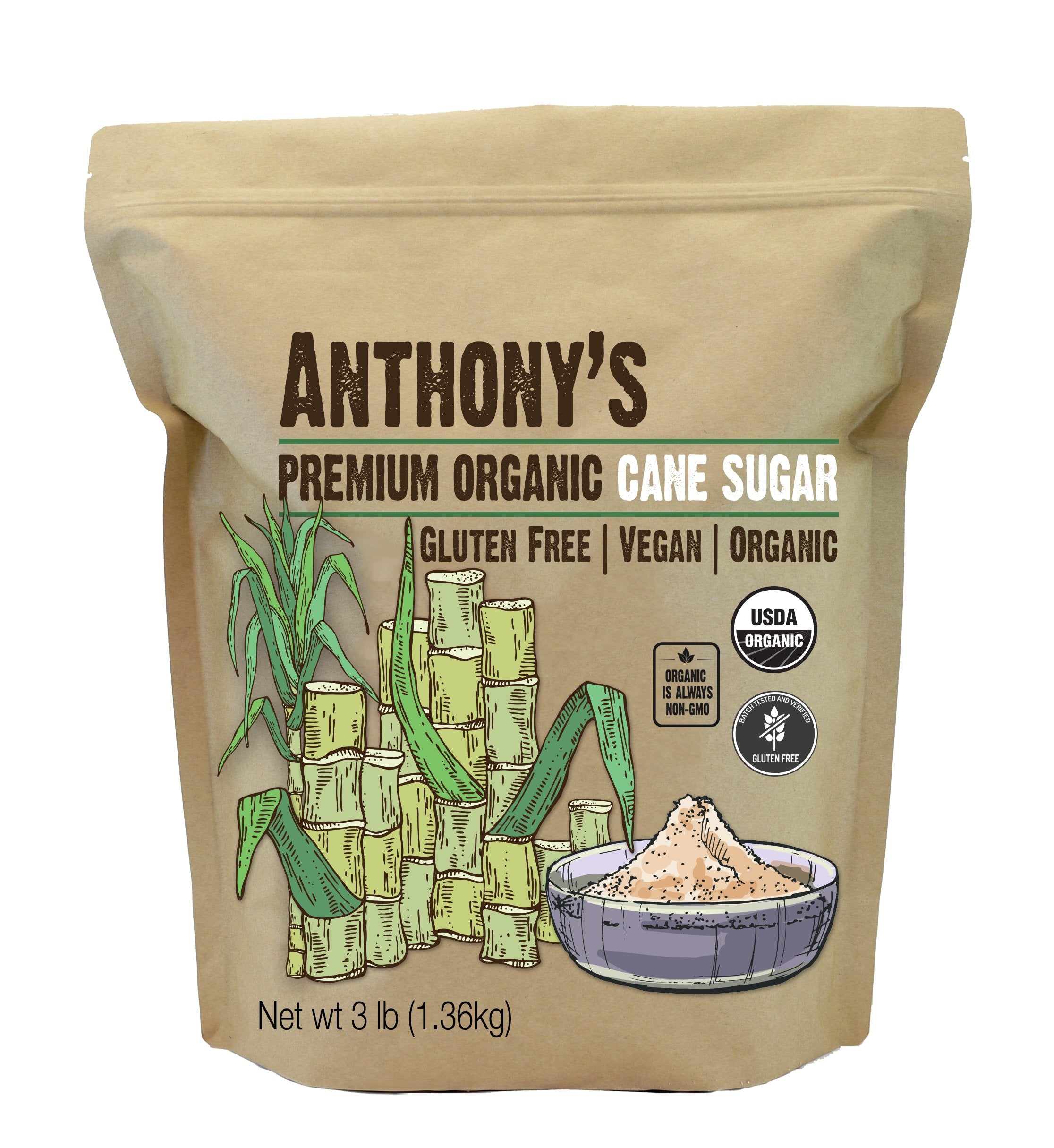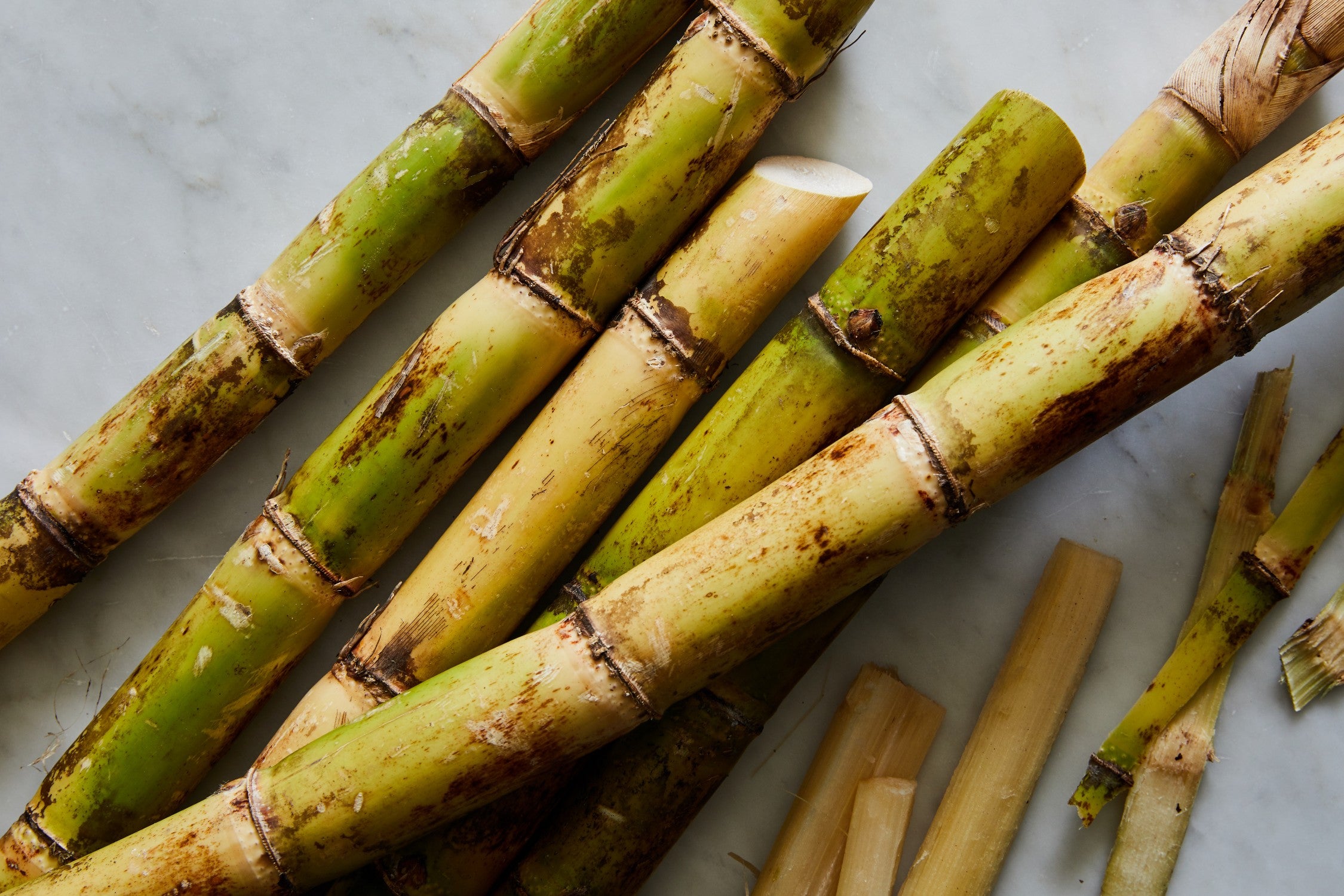Cane Sugar Processing: From Area to Table-- A Step-by-Step Overview
Cane Sugar Processing: From Area to Table-- A Step-by-Step Overview
Blog Article
A Comprehensive Guide to the Ecological Influence and Sustainability Practices in Walking Cane Sugar Handling
The environmental influence of walking stick sugar processing provides an intricate variety of difficulties that warrant careful examination. From dirt degradation and excessive water usage to the carbon impact linked with growing and manufacturing, the consequences of typical practices are far-reaching. In comparison, the adoption of cutting-edge sustainability procedures offers a pathway towards much more liable manufacturing techniques. Comprehending the interaction in between these problems is vital for stakeholders in the sector. What particular methods can be applied to strike a balance between efficiency and ecological stewardship? The solutions hinge on a closer consider both the challenges and prospective solutions.
Summary of Walking Cane Sugar Processing
Walking cane sugar handling involves a series of organized steps that transform sugarcane into polished sugar. Originally, harvested sugarcane is carried to refining facilities, where it undergoes cleaning to remove dirt and particles. Following this, the cane is crushed to remove juice, which is after that cleared up by getting rid of pollutants via heating and the addition of lime.
The cleared up juice undergoes dissipation, where water is gotten rid of to focus the sugar material. This concentrated syrup is after that crystallized via air conditioning, allowing sugar crystals to form. These crystals are separated from the staying syrup using centrifugation, causing raw sugar. To attain polished sugar, the raw product undertakes additional purification processes, which might include filtering and washing to get rid of continuing to be impurities and color.
The final product is after that dried out and packaged for circulation. Throughout this entire procedure, preserving performance and high quality control is necessary to make certain the sugar fulfills sector standards. Each action in walking stick sugar handling not just adds to the end product but also has effects for source use and waste generation, establishing the phase for discussions on sustainability and ecological effects associated with sugar manufacturing.
Environmental Challenges of Manufacturing
The production of walking stick sugar provides several substantial environmental obstacles that warrant interest. One key concern is the considerable use of agrochemicals, consisting of chemicals and fertilizers, which can cause dirt destruction, biodiversity loss, and contamination of local water resources. The runoff from sugarcane areas commonly carries these chemicals into neighboring ecological communities, interrupting marine life and impacting the health of communities reliant on these water bodies.
An additional difficulty is the high energy intake related to sugarcane processing. The boiling and refining stages call for substantial warm, largely created by shedding fossil gas, contributing to greenhouse gas emissions. Furthermore, the large land area needed for sugarcane growing can lead to logging and habitat damage, additional intensifying climate change and harmful wild animals.
In addition, the labor methods in some areas increase honest issues, as employees might encounter inadequate working problems and insufficient incomes. This scenario usually continues a cycle of hardship in local communities. Cane Sugar Processing. Attending to these environmental difficulties is crucial for developing a lot more sustainable techniques in cane sugar production, inevitably benefiting both the environment and the areas included in this market
Water and Land Use Influence
Water resources and land use are important parts in the walking cane sugar market that substantially impact the atmosphere. The cultivation of sugarcane needs significant water input, with price quotes recommending that it can consume up to 2,000 liters of water per kg of sugar created. This intensive use water typically leads to exhaustion of local water sources, influencing not only the sugarcane plantations however additionally surrounding environments and areas that rely upon the exact same water resources for farming and domestic usage.

Additionally, land usage for sugarcane cultivation can result in deforestation and the conversion of all-natural environments right into monoculture vineyards. This method decreases biodiversity, interferes with regional ecosystems, and adds to dirt degradation. The growth of sugarcane areas often trespasses on valuable agricultural land, creating competition for sources between food and biofuel production.
Lasting techniques, such as enhancing irrigation techniques and carrying out crop rotation, are vital to alleviate these influences. By adopting extra reliable water use and land monitoring techniques, the walking stick sugar market can minimize its eco-friendly impact, guaranteeing a balance in between farming productivity and ecological conservation.
Greenhouse Gas Emissions
Greenhouse gas exhausts represent a substantial ecological problem within the walking cane sugar handling industry, particularly as farming methods increase to satisfy international need. The growing of sugarcane, a crop that grows in exotic climates, relies greatly on artificial fertilizers and pesticides, which contribute to laughing gas emissions. Furthermore, land-use modifications, consisting of deforestation for new sugarcane plantations, launch carbon dioxide kept in plant this page life and dirt.
During handling, energy intake is an additional major resource of greenhouse gas emissions - Cane Sugar Processing. Lots of sugar mills make use of nonrenewable fuel sources to power machinery and generate warmth, leading to substantial carbon impacts. Additionally, the transportation of raw sugarcane and completed items adds layers of discharges with fuel burning in automobiles
This involves assessing present farming techniques, refining methods, and transportation systems to recognize areas for enhancement and reduction. Addressing greenhouse gas discharges is important for cultivating a more sustainable walking cane sugar sector in a changing climate.

Sustainable Practices and Innovations
Sustainable practices and technologies are go to the website increasingly important in the walking stick sugar handling market as stakeholders seek to minimize ecological influences while maintaining efficiency. One significant advancement is the implementation of integrated plant monitoring, which optimizes resource use by combining dirt administration, pest control, and crop rotation strategies. This strategy improves return while decreasing chemical inputs and preserving soil wellness.
In addition, the adoption of eco-friendly energy sources, such as biomass from sugarcane deposits, has actually gotten grip - Cane Sugar Processing. By converting waste products into energy, processing centers can reduce their dependence on fossil fuels, therefore decreasing greenhouse gas exhausts
Water administration techniques have actually also seen improvements with the recycling and reusing of water in handling plants, considerably minimizing freshwater consumption. Innovations in modern technology, such as precision farming, allow farmers to check crop health and wellness and source use more efficiently, making certain lasting cultivation methods.
In addition, accreditation programs like Fair Profession and Rainforest Partnership motivate ecologically responsible farming methods and promote social equity within the supply chain. By accepting these sustainable techniques and technologies, the walking cane sugar processing market can boost its resilience home and contribute positively to environmental stewardship.
Final Thought
The environmental effect of walking stick sugar handling offers significant difficulties, consisting of dirt deterioration, high water usage, and greenhouse gas discharges, along with ethical problems connected to labor practices. Attending to these concerns through lasting techniques, such as incorporated plant management, eco-friendly power adoption, and water recycling, is crucial. By promoting ecologically responsible and socially equitable methods in sugar production, the market can alleviate its negative impacts, making sure a more sustainable future for both neighborhoods and environments associated with this field.
Walking stick sugar handling involves a series of organized actions that transform sugarcane into polished sugar. Each step in walking stick sugar processing not only contributes to the last item however additionally has implications for source usage and waste generation, setting the stage for discussions on sustainability and ecological effects linked with sugar manufacturing.
Greenhouse gas emissions represent a substantial ecological worry within the cane sugar handling sector, particularly as agricultural practices increase to satisfy global demand.Sustainable methods and technologies are significantly important in the cane sugar handling industry as stakeholders look for to reduce environmental influences while keeping productivity.The environmental effect of walking stick sugar handling offers substantial difficulties, consisting of soil destruction, high water consumption, and greenhouse gas emissions, alongside ethical problems associated to labor techniques.
Report this page